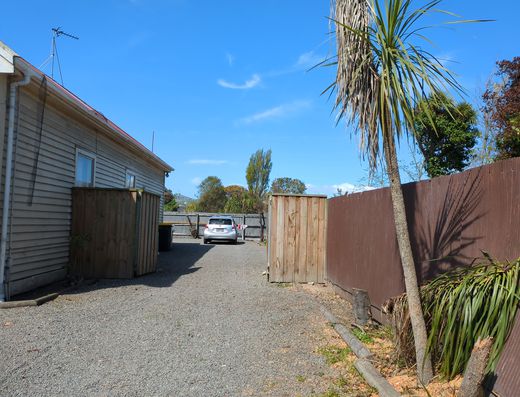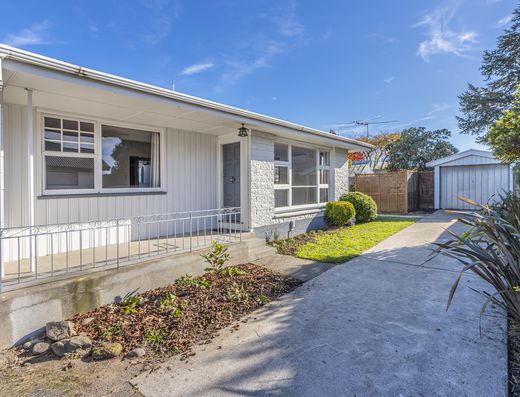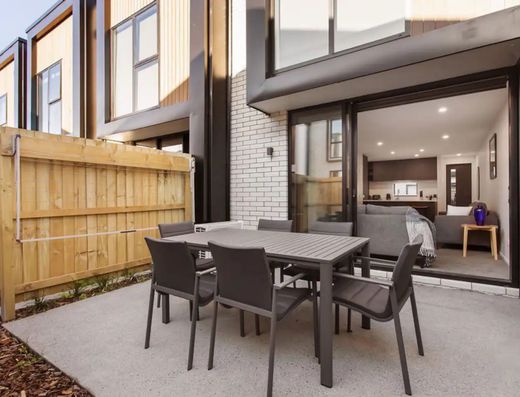How to Handle Tenant Renewals and Lease Extensions
Tenant renewals and extensions are a key part of property management, offering a chance to retain good tenants and ensure consistent rental income. A smooth renewal process can benefit both you and your tenants, while helping maintain long-term stability for your rental business. Here’s how to handle tenant renewals and extensions effectively:
Start the Renewal Process Early
- Begin the renewal conversation several weeks before the tenancy expires to give both you and your tenant enough time to discuss terms and make decisions.
- Early communication helps avoid last-minute confusion and gives you time to assess the condition of the property, decide on potential rent adjustments, and address any concerns that may come up.
Assess Market Conditions and Set Rent Accordingly
- When considering a tenancy renewal, take the time to review the current rental market. Has the rent in the area increased or decreased? Are there any new expenses related to the property, such as higher maintenance costs or property taxes?
- If you’re planning to raise rent, do so with careful consideration, ensuring it aligns with the market rate. Be sure to provide the tenant with enough notice, as required by law, and explain the reason behind the increase.
Evaluate the Tenant’s History
- Take a moment to review the tenant’s history with the property. Have they paid rent on time? Have they taken good care of the property? If there have been issues, how have they been resolved?
- If the tenant has been responsible and respectful, it’s often in your best interest to offer them a tenancy renewal, as good tenants are valuable and can save you the costs associated with turnover and vacancy.
Communicate Clearly with Your Tenant
- Reach out to the tenant to discuss the tenancy renewal. Provide them with the terms you’re offering (e.g., rent amount, tenancy length, any changes to the property) and ask if they are interested in renewing.
- If your tenant has concerns or requests changes to the tenancy agreement (such as asking for a longer-term tenancy or negotiating the rent), be open to discussion and try to find a mutually beneficial solution. Clear communication is key to ensuring that both parties are happy with the renewal terms.
Offer Incentives for Renewal
- If you want to retain a good tenant, consider offering incentives for them to renew. This could include a lower rent increase for signing a longer-term tenancy, making improvements to the property, or offering to allow pets.
- These incentives not only increase tenant satisfaction but also help avoid the costs of re-advertising and showing the property to new tenants.
Provide a Tenancy Renewal Agreement in Writing
- Once the terms are agreed upon, ensure everything is documented in a tenancy renewal or extension agreement. This should be signed by both parties and outline the new tenancy term, rent amount, and any other agreed-upon changes.
- A written renewal agreement protects both you and the tenant by providing a clear record of the agreed terms and helps avoid any confusion or misunderstandings in the future.
Prepare for Potential Non-Renewals
- Not all tenants will choose to renew their tenancy, so it’s important to be prepared in case your tenant decides to move out. If the tenant isn’t renewing, start the process of finding a new tenant by advertising the property and scheduling showings.
- Plan for potential turnover by preparing the property for the next tenant, including scheduling any needed repairs or cleaning.
In conclusion, tenant renewals and extensions are a valuable opportunity to maintain a steady stream of rental income and build long-term relationships with responsible tenants. By starting the process early, communicating clearly, and offering incentives, you can make the renewal process smooth for both you and your tenants. This proactive approach helps reduce turnover, keeps your property occupied, and ensures a positive rental experience for everyone involved.




